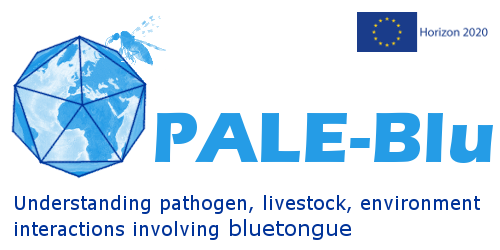A successful diagnostic model for identifying bluetongue early
Bluetongue virus, known as BTV, is one of the most important livestock pathogens, capable of infecting all domesticated and wild ruminants, causing a severe clinical disease (Bluetongue, in brief, BT) and fatalities primarily in sheep and some deer species, reducing also productivity in several ruminant species (cattle included).
The Horizon 2020 PALE-Blu project, during its five years, has been on the trail of this disease, studying genetic and environmental aspects, as well as the interaction between viruses and insect vectors. In this context, early detection is crucial to control BTV outbreaks: but how and when it is performed? This video shows the diagnostic flow adopted by the official laboratories in case of suspicion of bluetongue virus, and further steps to follow in order to continuously progress in the research development. This video has been realised by the EU Horizon 2020 project “PALE-Blu - Understanding pathogens, livestock environment, interactions involving bluetongue”, under grant agreement No 727393.




